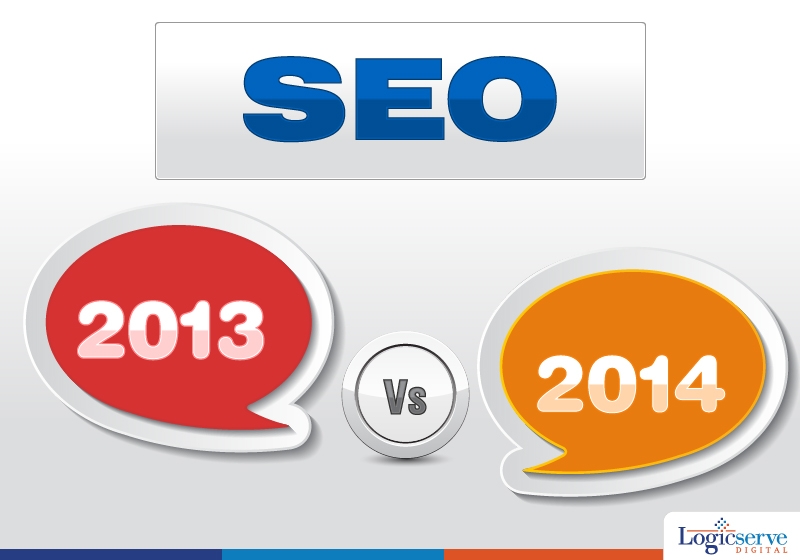The years 2011 – 2012 witnessed Google intensifying its attempts to offer search engine users with quality and relevant results. The announcement of Google Panda updates from February 2011 was aimed to offer lower ranking to poor quality sites and those with poor quality or duplicative content. In April 2012, Google Penguin updates sought to decrease the search rankings of websites that violate Google’s Webmaster guidelines by using black-hat SEO techniques such as manipulating the number of links pointing to a web page.
2013
Content Marketing
Content marketing has grown in importance in 2013. Content marketing involves the spread of content over the search engines highlighting the importance of quality content especially the weight to long format content — articles and blog posts that are 1,000 words plus and 2,000 words plus in length. From 2013 onwards, Google has penalized many sites who have bought and placed a bunch of links. Search engines prefer to offer more useful content which is long and in good quality thus making it difficult to implement black hat techniques for improving site rankings. For instance, Google has rewarded sites that offer engaging content to its reader by showing them higher in the search results along with Knowledge Graph.
Google Hummingbird
Similarly, 2013 saw the introduction of the Google Hummingbird updates. With these, Google has seriously attempted to tackle the challenge of natural language queries or longer queries such as those that might be asked to it via its Voice Search feature. Google has taken up its intent to try to infer the meaning and purpose of a user’s query. Following which Google is also trying to give deeper and more meaningful answers to user queries.
Google Local Carousel
2013 saw the introduction of a new format called Local Carousel in which search results are presented on Google. The trend lines as of 2013 clearly show that desktop search is being definitively eclipsed by smartphones and mobile search. This has persuaded Google to refine the way it presents its search results and it has come up with the Google Local Carousel format for certain sets of queries such as those related to hotels, restaurants, and movies in a local area. Clearly, this response is targeted to the mobile user who’s searching for nearby hotels, restaurants or movies in his locality. The new focus is on local search and social media signals. More and more search results are likely to be displayed in this format as we move into 2014.
Social Media
With the ubiquity of Twitter, Facebook, Pinterest, and other social media platforms, Google prefers
to highlight websites and web pages that are both easy to share on social media and have been shared widely indicating their value and importance for their target audience. By launching its own social media platform Google+, Google is trying to win the battle of social media. By linking author pages to their Google+ profiles, experts can help Google identify relevant content easily. Articles written by authors with verified Google Authorship accounts get priority in the search results. Search results also show the number of people who have the author in their ‘circles.’ This has served a two-fold purpose: promotes authors to go for Google+ pages and simultaneously gives a psychological push to more users to add this author to their circles hence increasing the value and ubiquity of Google+ as a social media platform.
The social media strategy for 2014 and beyond is simple: Google is playing the ‘long game’ here and for website designers and SEO professionals, the message is clear. The SEO game is about long-term strategy and not about short-term tactics such as link building.
Mobile Websites
In 2013, for e-commerce websites, the trend towards users using their mobile devices for online shopping was clear during this past holiday season. This trend will grow and online retailers are mostly not ready to meet this consumer behavior. Only a few online retailers have a website optimized for mobile. SEO professionals have to advise and convince their clients that they cannot afford to miss the mobile bandwagon if they want to be strong players in the retail business.
When it comes to mobile websites, what matters is usability. Hence, mobile websites have to be simple and fast-loading and yet provide all the essential functionalities of a desktop website. In 2014, responsive web design concepts should be commonplace all across the web. Serious online players — from the largest e-commerce websites and online retailers to the smallest business such as a home-based cupcake delivery business or flower delivery business — will have mobile websites by the end of 2014, if they wish to survive.
2014
The value of quality and longer, in-depth content will continue to grow. Writers should create Google+ pages and link all their published content to their page. With Google Authorship, Google seeks to reward authors who have a lot of credibility as reflected by the number of people who follow them on Google+ and how often their content gets shared.
Similarly, small businesses need to create their business pages on Google+ where they list all the relevant information such as the addresses of their local branches, their contact numbers, business hours, etc. When users search for a local Starbucks, they should be able to see all the Starbucks in the area shown on a map with their addresses and location on a map plus the reviews left by users and the average ‘ratings.’ This is how Google is giving more weight to its users who care to review products and services. This is in line with Google’s previous decision to only allow ‘real’ users to put comments on YouTube videos by linking YouTube users to their Google+ pages.
HTML 5 is the hottest new technology as it allows for dynamic and interactive content while being compatible with a host of devices, browsers, and screens. So, it’s imperative for SEO professionals to persuade their clients to get on the HTML 5 bandwagon by making sure their websites are HTML 5 ready. For the multi-device user who visits websites from his desktop screen, his tablet screen, and also his smartphone screen, the solution is to have responsive sites that modify themselves as per the screen size.
Once SEOs have taken care of the above aspects, they can rest assured the search engines will take care of the job of featuring websites in search results. Websites that give users what they want will be rewarded by the visitors via social sharing and so on which will give further indications to the search engines giving a positive boost to a site’s ranking and creating a positive feedback loop.



